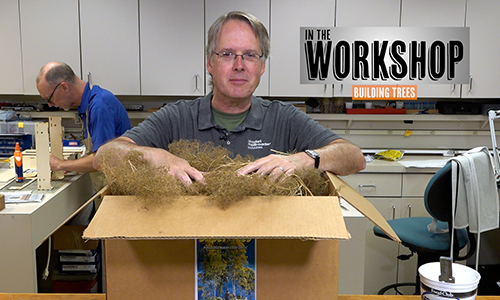
As work on the HO scale Freemont Mills model railroad continues, Eric White shares his technique for making realistic trees from scratch! The Super Trees natural product is at the root (pun intended) of all his work. After he shows how to model these trees, Eric also demonstrates helpful hints for installing them on a […]
Read More…
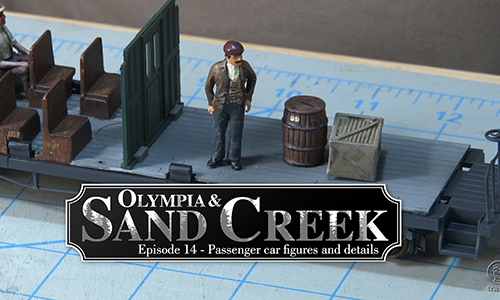
Before David jump into detailing the interior of his combine car, he first looks to add a tried but true structure from the original Olympia Logging layout display! Watch to see how he plans to revamp and return Eric White’s scratchbuilt sawmill structure (a building front) to service in a new, but similar position on […]
Read More…
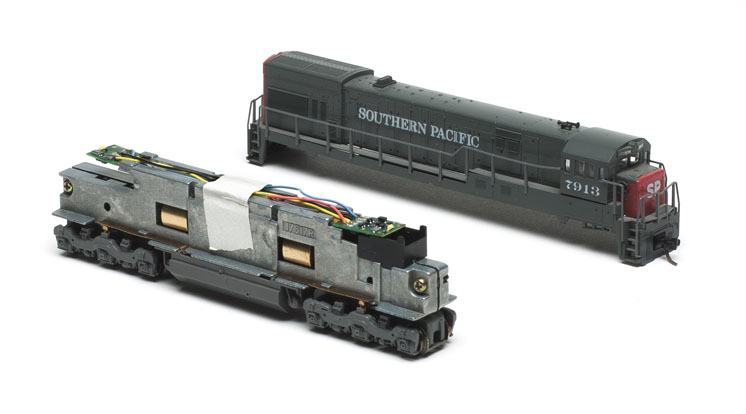
DCC decoder advice for N scalers: Any argument about powering a layout with Digital Command Control (DCC) ended for me many years ago. If you have more than one locomotive it’s the way to go, and the easiest way to get going is to purchase engines that come with the decoder already in there. This […]
Read More…
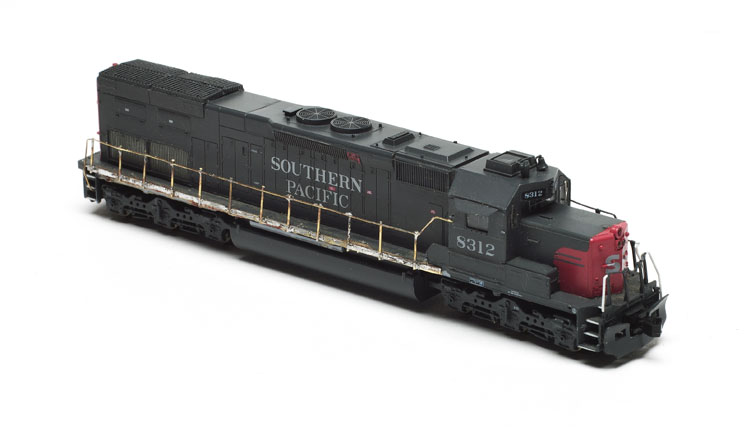
Repairing older N scale handrails: Back in the early days of N scale – the 1970s and ’80s – most N scale diesel locomotives had oversized handrails. In fact, they were often so outlandish we called them stovepipes. N-scalers have always been a clever bunch, and this was just one of the colorful and humorous […]
Read More…
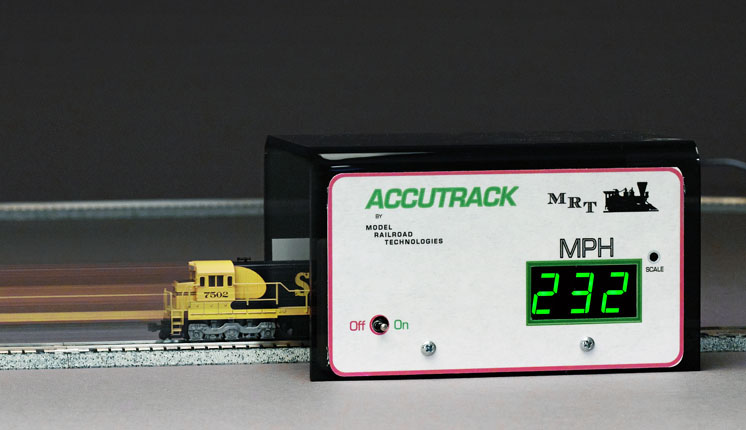
Running N scale trains too fast: Several years ago the N scale Enthusiast national convention came to town, and I was very pleased that, over the course of one day, four busloads of N scalers from all over the world came to my house to visit my layout. My friends Andy Sperandeo and Gordy Spiering […]
Read More…

Thoughts on detailing N scale diesels: I really enjoy modifying locomotives and adding or subtracting details to make them more closely represent specific prototypes. I’m most interested in my Santa Fe and Southern Pacific engines, but hope someday to also get to the engines from other lines that turn up on my N scale circa […]
Read More…

The best N scale tools: I’m going to write about what might be called “second-echelon” tools, that’s to say the tools you begin accumulating after you’ve been in the hobby awhile and have the basic tools you really can’t do without. The following is a short list of the some of the best N scale […]
Read More…
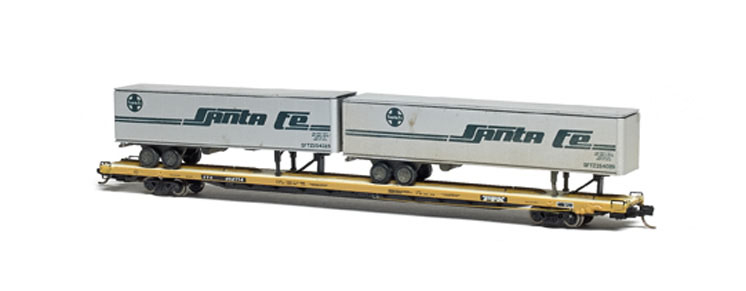
How to keep N scale piggybacks on track: My N scale Tehachapi Pass layout is set in 1985. Intermodal railroading was well established, but on nothing like the scale we see today. Most intermodal traffic in the pass was TOFC (trailer-on-flatcar), more commonly called “pigs,” short for piggybacks. For my money there’s nothing much less […]
Read More…

In this episode of The Hills Line, host James McNab is making plans to build a portable layout that complements his HO scale Hills Line layout. He explains where the idea came from and sorts out the goals, givens and druthers that go along with this project. […]
Read More…
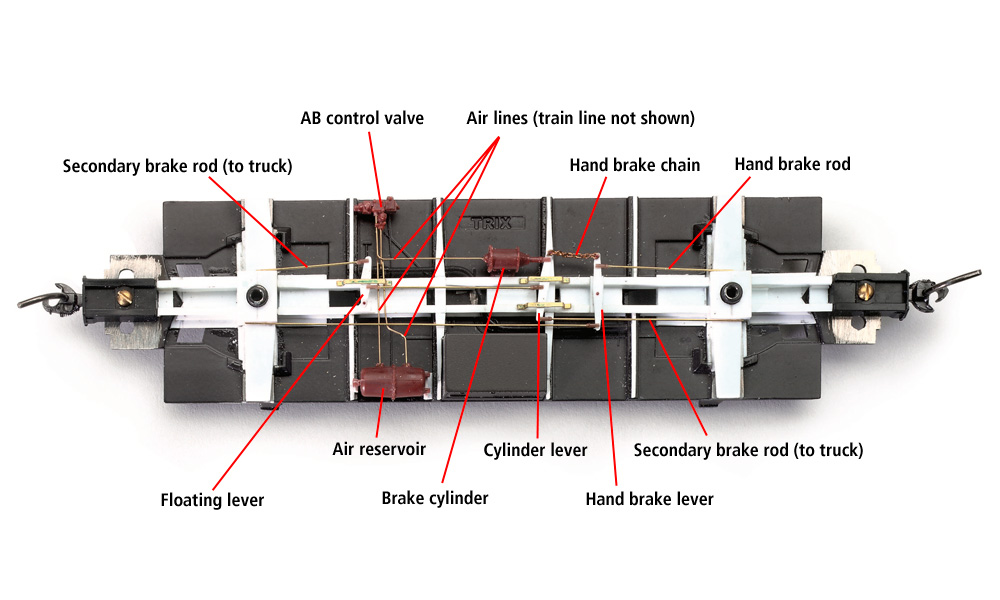
Q: I am researching transition era railcar brakes. Were there books written on the subject, and are they still available for purchase? – Ron Buddemeier A: The most complete and detailed reference for transition era railcar brakes is the one used by the railroads themselves – the Car Builder’s Cyclopedia of American Practice. This weighty […]
Read More…

A handy N scale uncoupler: If you’re a model railroader, everywhere you go your antennae are out, scanning your environs for anything that might be useful to build with. And that leads me to swizzle sticks. I was having lunch with a tableful of in-laws at Maggiano’s Little Italy, a popular chain with a restaurant […]
Read More…
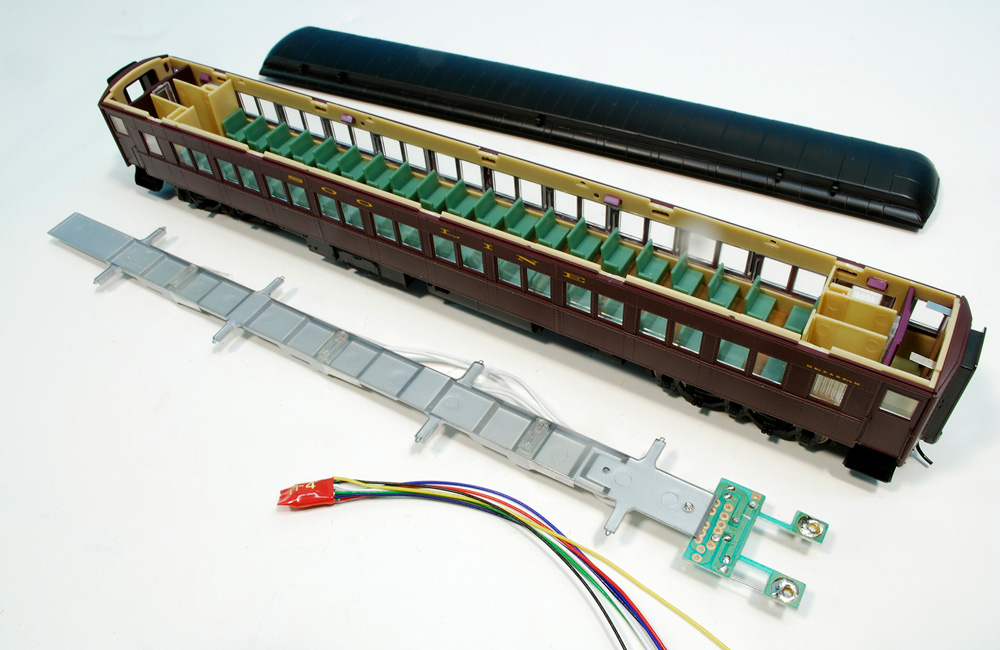
Q: I have some HO scale passenger cars that I would like to install LED lights into. I’m new to model railroading. I understand that I need decoders in each car, but after that, I’m lost. – Alex Laserson A: If you want to install passenger car interior lighting, you don’t absolutely have to use […]
Read More…












